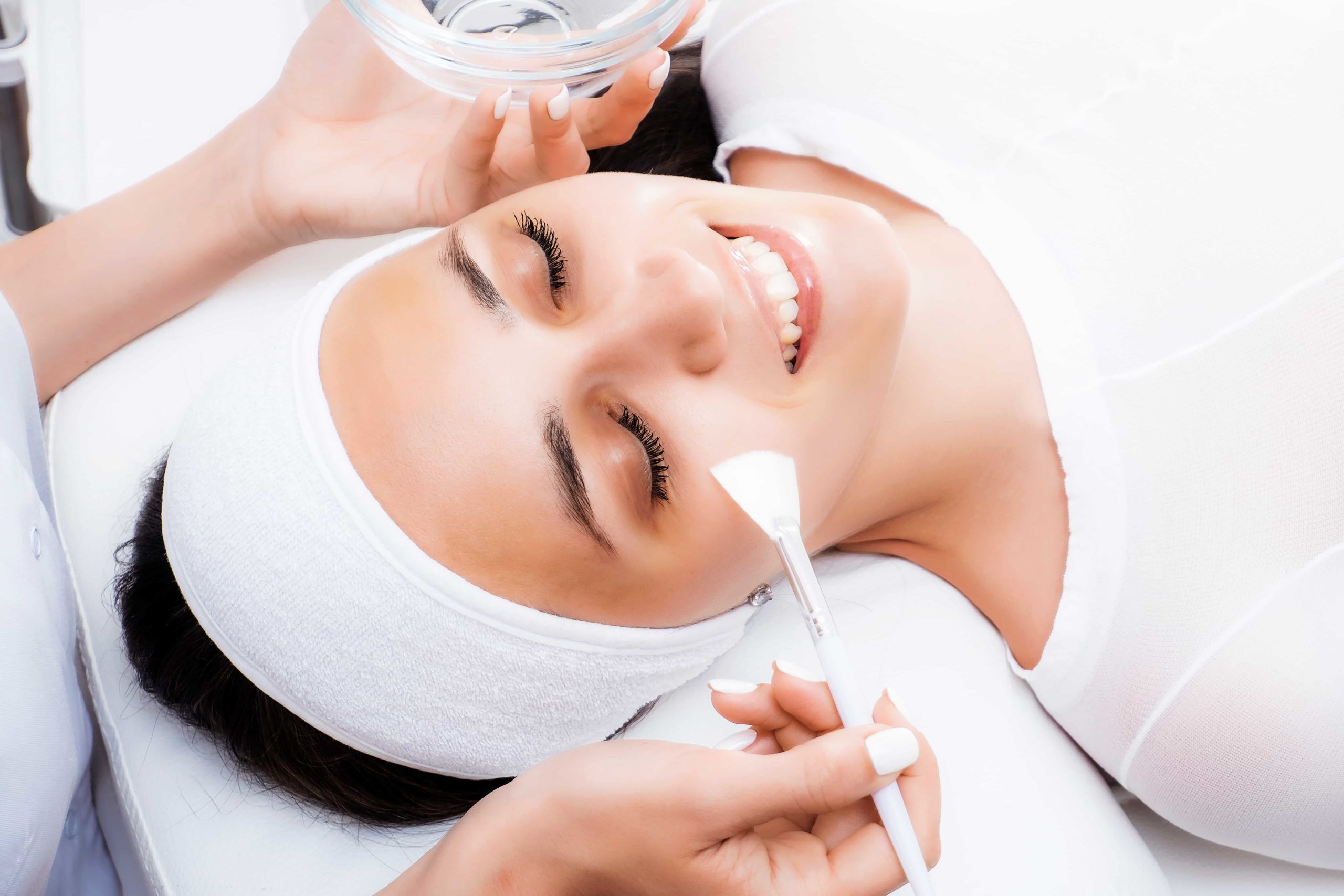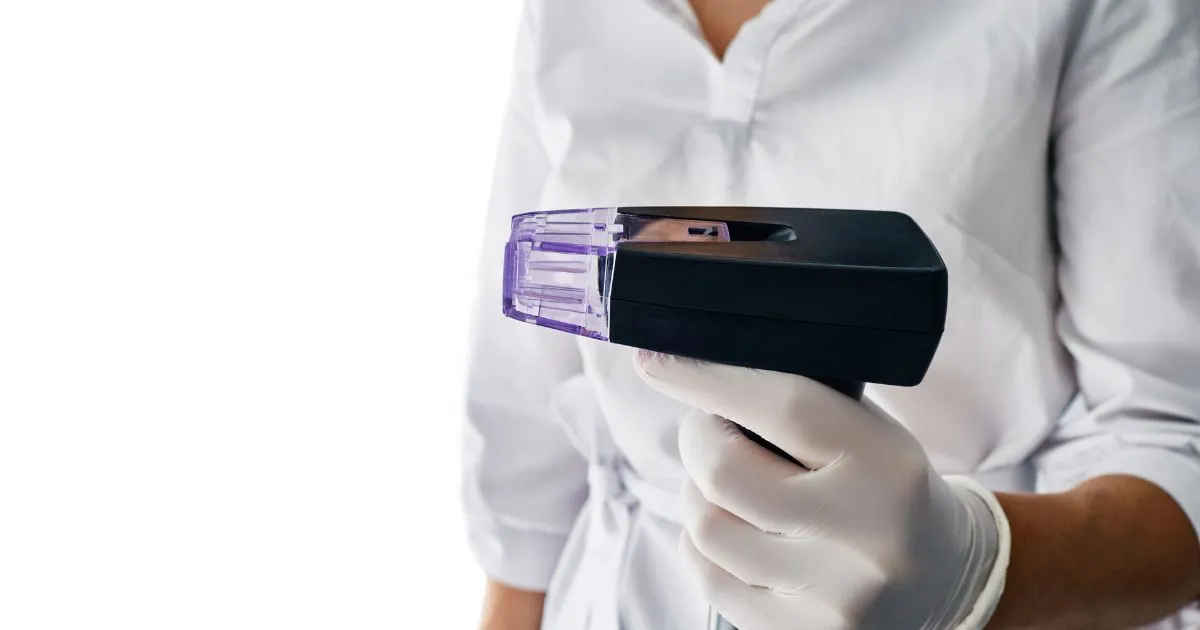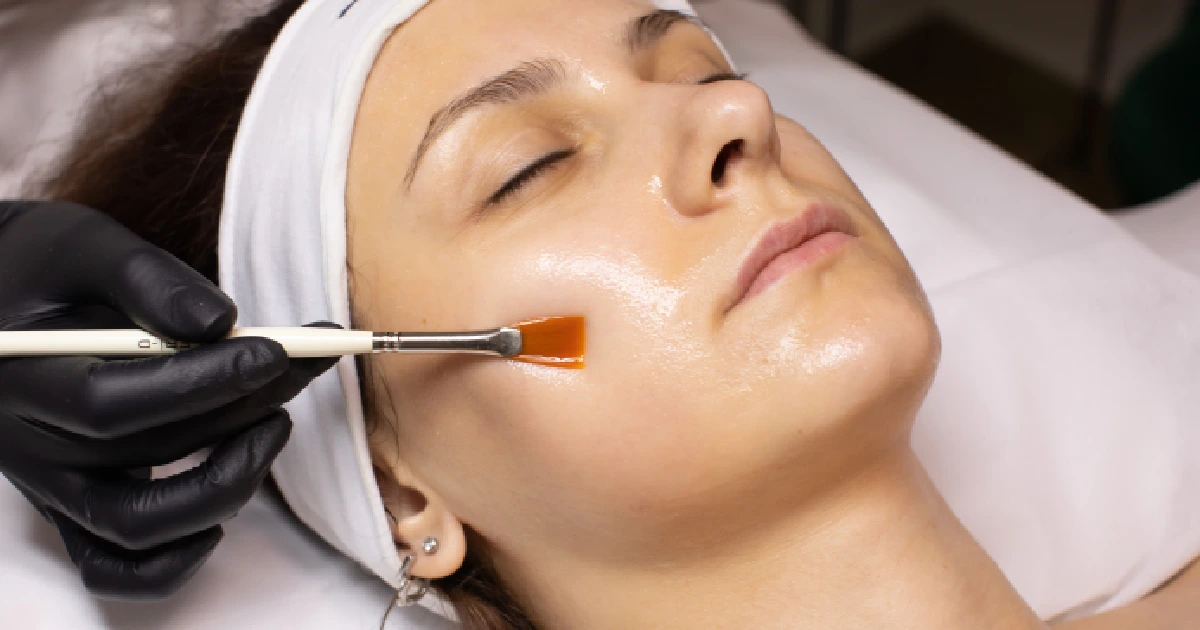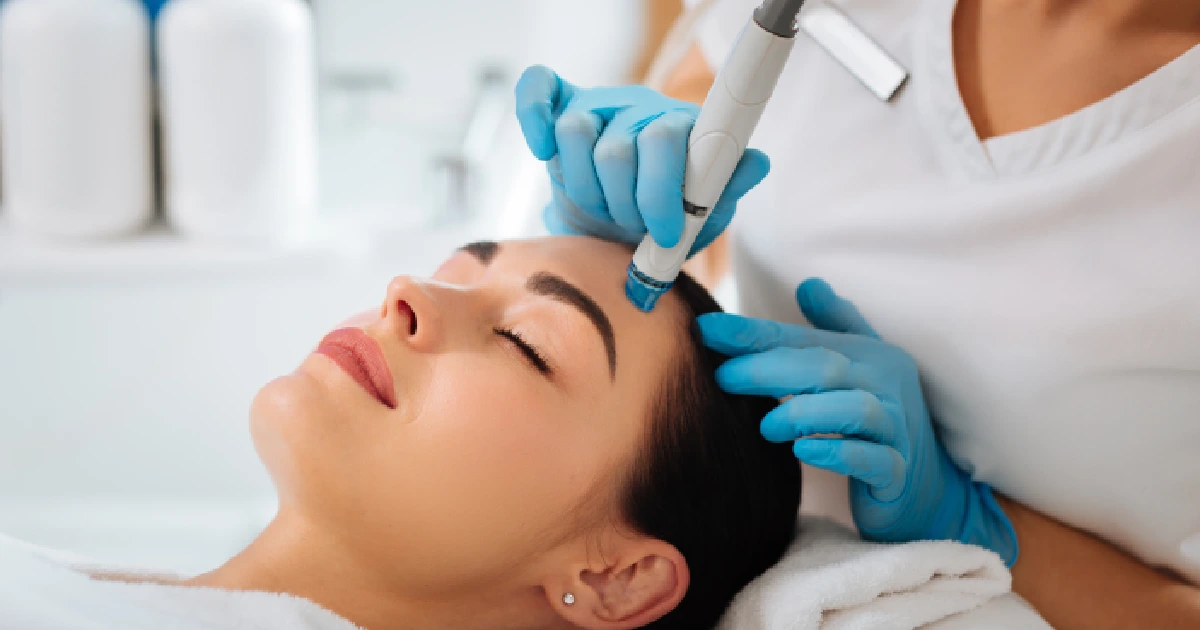Table of Contents
Introduction
Chemical peels are a sought-after cosmetic procedure that promises to rejuvenate the skin and leave it glowing. But with so many different types of chemical peels available, it can be difficult to know which one is right for you. In this blog post, we’ll explore everything you need to know about chemical peels, from the different types of peels to the benefits they offer, and what you can expect from a chemical peel treatment. We’ll also provide some important tips on how to prepare for a chemical peel and what to do after the treatment to ensure that you get the best possible results. So whether you’re a skincare enthusiast or just curious about chemical peels, this post is for you!
Types of Chemical Peels
Chemical peels come in various forms, each with its own set of benefits and risks. Here are the most common types of chemical peels available today: poses such as lessening the visibility of wrinkles, fine lines, and sun-induced damage. They can also help to improve skin texture and tone.
BHA (Beta Hydroxy Acid) Peels: BHA peels are similar to AHA peels but oil-soluble and are, therefore, better suited for people with oily skin. They can help unclog pores and improve the skin’s overall appearance.
TCA (Trichloroacetic Acid) Peels: TCA peels are more potent than AHA and BHA peels, and they can effectively address several skin issues, such as sun damage, hyperpigmentation, and acne scars. TCA peels can also help to reduce the appearance of fine lines and wrinkles.
Phenol Peels: Phenol peels are the most potent chemical and treat deep wrinkles and severe sun damage. They are more aggressive than other types of peels and require a longer recovery time.
It’s important to note that the type of chemical peel that’s best for you will depend on your skin type, your skin condition, and the desired results. Before deciding on a chemical peel, it’s essential to consult with a dermatologist or a licensed skincare professional to determine the best course of treatment for your specific needs.
What Are the Benefits of Chemical Peels for Your Skin?
Chemical peels offer a wide range of benefits for the skin, including:
Improving skin texture and tone: Chemical peels can enhance the skin’s surface and style by shedding dead skin cells and fostering the development of new, healthy skin cells.
Diminishing the appearance of fine lines and wrinkles: Chemical peels can lessen the visibility of fine lines and wrinkles. Removing the outer layer of damaged skin and promoting the growth of new, smooth skin.
Treating hyperpigmentation: Chemical peels can help to lighten dark spots and hyperpigmentation caused by sun damage, aging, or hormonal changes.
Treating acne: Chemical peels can help to unclog pores and reduce the appearance of acne by shedding dead skin cells and fostering the development of new, healthy skin cells. Healthy skin cells.
Improving skin hydration: Chemical peels can help improve the skin’s overall hydration by increasing blood flow and promoting the growth of new, healthy skin cells.
It’s important to note that the benefits of chemical peels can vary depending on the type of peel you choose and the condition of your skin. However, with proper care and maintenance, chemical peels can help to achieve radiant, healthy-looking skin.
How Should You Prepare Before Getting a Chemical Peel?
Before undergoing a chemical peel, there are a few critical steps you can take to prepare for the treatment and ensure that you get the best possible results. Here are a few guides to help you prepare for a chemical peel:
Please consult a dermatologist or licensed skincare professional: It’s essential to have a professional evaluation of your skin before undergoing a chemical peel to determine the ideal treatment plan for your needs. Your dermatologist or skincare professional can also answer any questions about the procedure and help you understand what to expect.
Avoid sun exposure: You should avoid exposure for at least two weeks before your chemical peel to reduce the risk of hyperpigmentation and other complications. If you must be outside, apply a broad-spectrum sunscreen with a minimum SPF of 30.
Stop using certain products: Before your chemical peel, you may need to stop using certain skincare products such as retinoids, exfoliating agents, and acne medications. Your dermatologist or skincare professional can advise you on which products to avoid before treatment.
Plan for downtime: Chemical peels can cause redness, peeling, and skin flaking, so it’s essential to plan for rest after the procedure. Be sure to have a good skincare routine, and avoid wearing makeup or exposing your skin to the sun for several days after the treatment.
By adhering to these recommendations, you can ensure that you get the best possible results from your chemical peel and that your skin stays healthy and radiant after the procedure.
Potential Side Effects of Chemical Peels
Like any medical procedure, chemical peels can have potential side effects. However, it’s important to remember that these side effects are typically mild and temporary. Here are some of the side effects that may occur with chemical peels:
Redness and irritation: Chemical peels can cause temporary skin redness and anger, but these typically subside within several days.
Peeling and flaking: After a chemical peel, the skin may peel and flake, but this is a specific aspect of the healing process and usually fades within a few days to a week.
Hyperpigmentation: Chemical peels can increase the risk of hyperpigmentation in some individuals, especially those with darker skin tones. However, this risk can be reduced by avoiding sun exposure and wearing broad-spectrum sunscreen with at least SPF 30.
Infection: There is a small risk of disease after a chemical peel, but this can be reduced by following proper aftercare instructions and avoiding exposing the skin to bacteria or other sources of infection.
Scarring: In rare cases, chemical peels can cause scarring, but this is typically the result of improper aftercare or an underlying skin condition.
Final Thoughts
Chemical peels can offer a wide range of benefits for the skin, including enhancing skin texture and tone, lessening the visibility of fine lines and wrinkles, treating hyperpigmentation, treating acne, and improving skin hydration. While there are potential side effects, these are typically mild and temporary and can be reduced or prevented by following proper aftercare instructions and avoiding sun exposure. Suppose you want to learn more about chemical peels and how they benefit your skin. In that case, you must speak with a skincare professional to help you determine the best treatment for your needs. With proper care and maintenance, chemical peels can help to achieve radiant, healthy-looking skin.





